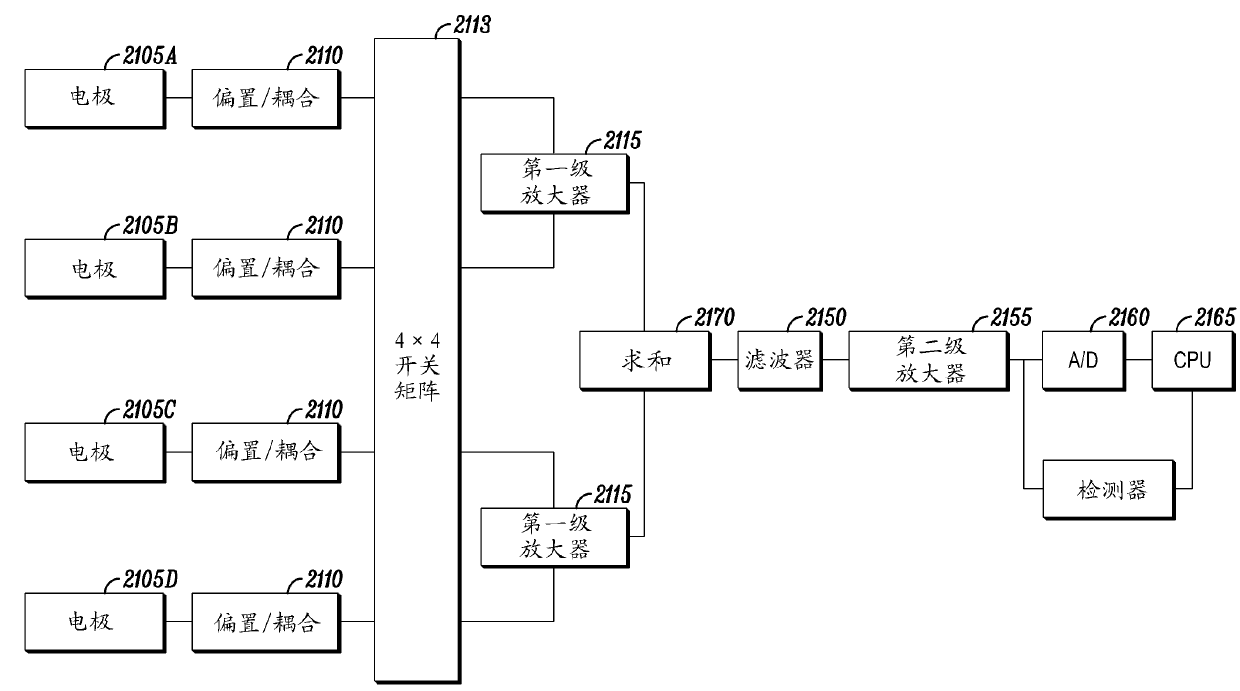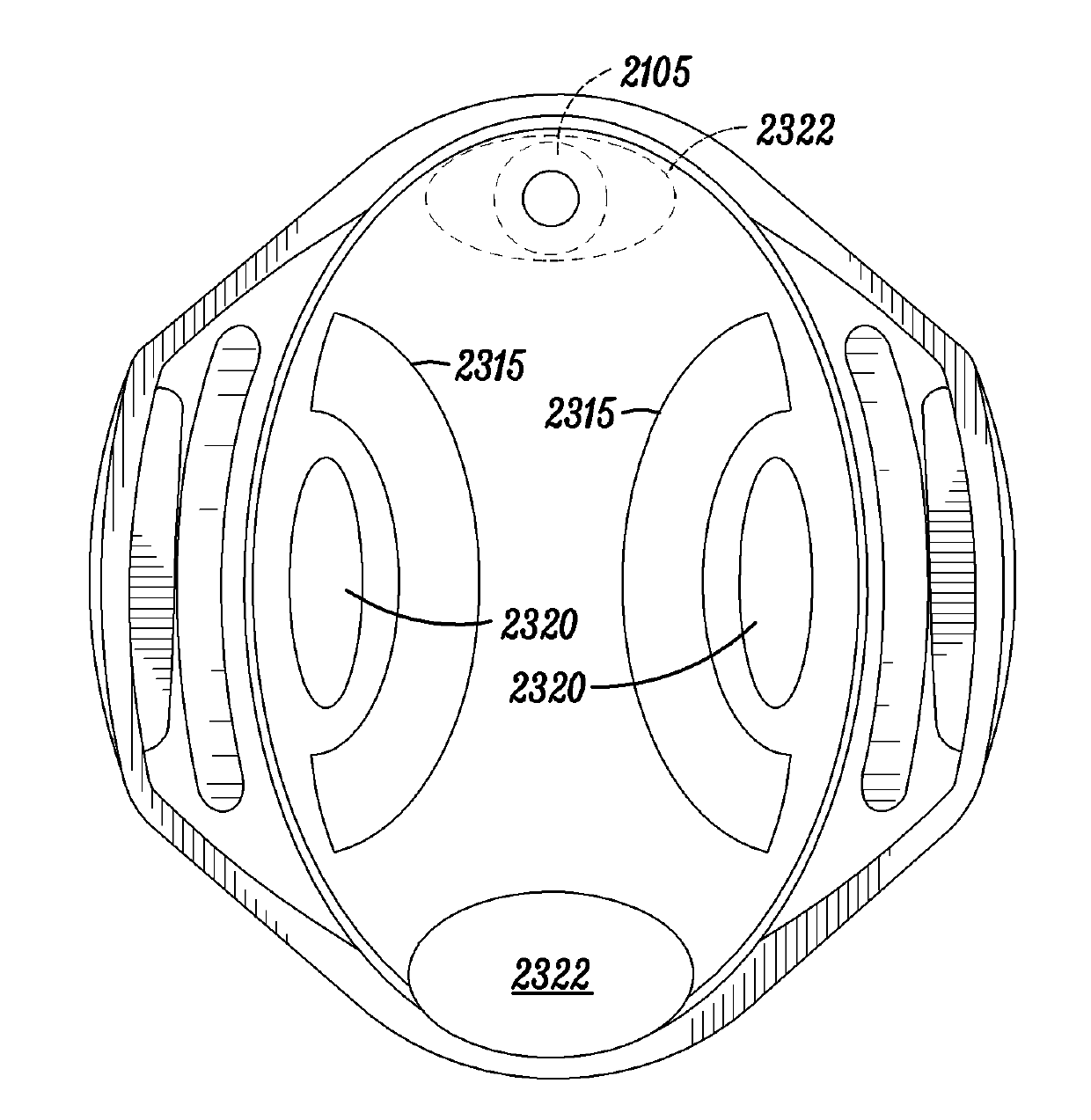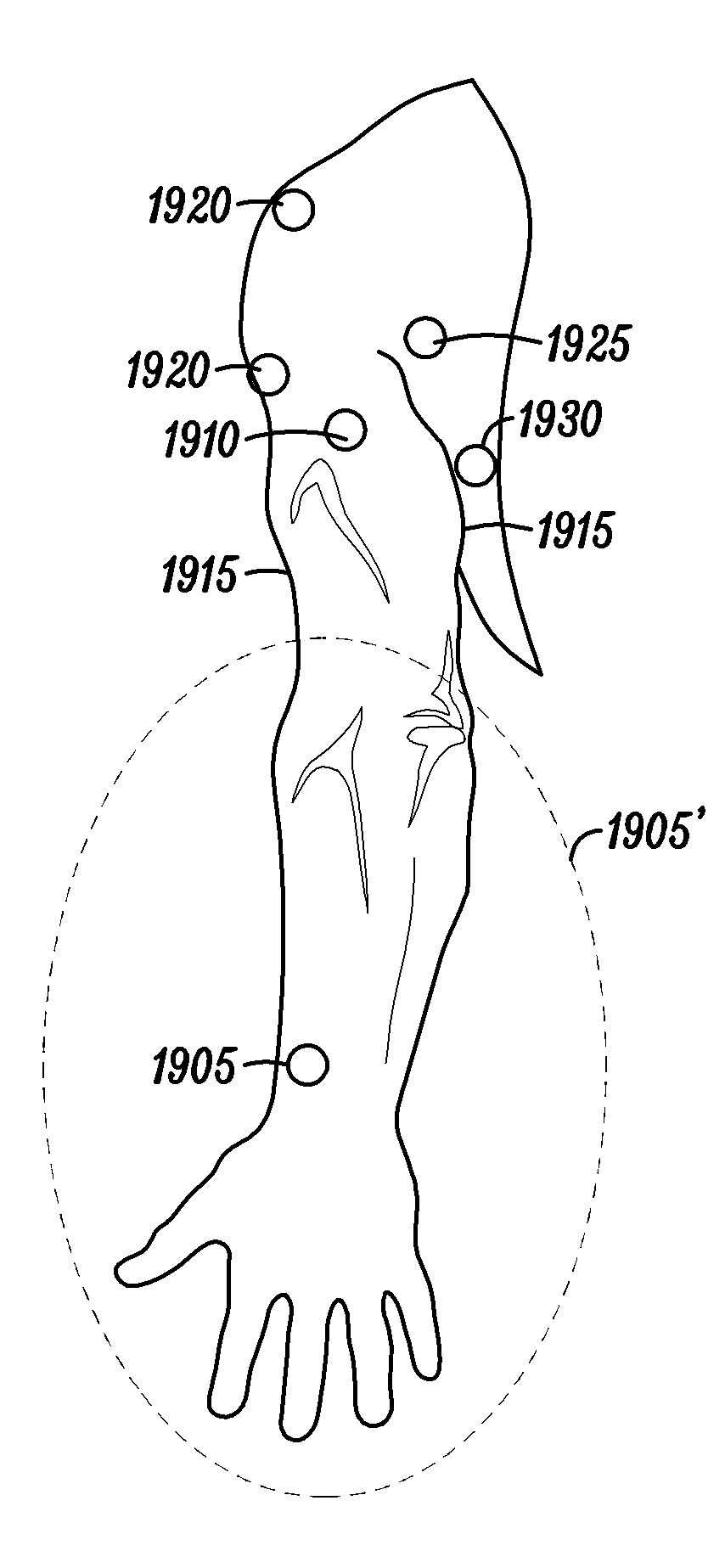Method and apparatus for determining critical care parameters
A physiological parameter and critical technology, applied in the field of physiological measurement system, can solve the problems such as OD that no one raises
- Summary
- Abstract
- Description
- Claims
- Application Information
AI Technical Summary
Problems solved by technology
Method used
Image
Examples
example 1
[0322] The following data, shown in FIGS. 40A-40H , illustrate how the severity of an LBNP (lower body negative pressure as described above) protocol (or exercise protocol) affects armband sensor values. For each graph, the X-axis represents stages of severity: stage 0 is the baseline stage, and the remaining stages gradually increase in severity. The Y-axis in these graphs represents the units for the particular sensor described in the graph. (For example, in the first graph of COVER (ambient temperature), the units are degrees Celsius).
[0323] Each point in the graph is the average of all minutes below that particular phase averaged across all subjects (there were a total of 28 subjects undergoing the LBNP protocol and there were a total of 14 subjects participating in the exercise protocol). Figure 40A is a measurement of ambient temperature (COVER); Figure 40B is a measure of galvanic skin response (GSR); Figure 40C is a measure of heat flux (HF); Figure 40D is a measu...
example 2
[0325] The following data, shown in Figures 41A and 41B, represent typical characteristics of armband signals for the LBNP protocol. Each grid consists of 6 columns: each column represents armband signal (from left to right - HR (heart rate), ECGMAD (mean absolute difference of raw ECG signal collected by armband), HF (heat flux), SKIN (skin ) temperature; HR (heart rate variability); and GSR
[0326] (galvanic skin response). Each row of the grid represents a specific object. The first row has all diagrams for object 180, the second row has all diagrams for object 181 and so on. The X-axis in each graph represents a protocol duration of approximately 40 minutes (each phase is approximately 5 minutes long, and subjects progress on average to Phase 6—resulting in 30 minutes on the X-axis + 5 minutes at baseline + recovered 5 minutes). The Y-axis represents the value in the corresponding unit of the armband variable in question (for example, for SKIN - the Y-axis represents ...
example 3
[0328] The classifier for detecting hemorrhagic shock was designed in two layers. The first layer makes a distinction between LBNP and exercise. Once this distinction is made, the second layer of the classifier decides the severity of LBNP. Detection of severe LBNP levels is similar to detection of hemorrhagic shock.
[0329] For the first layer of the classifier: energy expenditure, heart rate and GSR were progressively increased in both LBNP and exercise protocols as there was an increase in severity. However, accelerometer values behave differently for the two protocols. Even for supine and other low-motion-related exercises such as supine cycling, increased exercise volume was observed in the accelerometer variables, whereas during LBNP the accelerometer variables remained static throughout the duration. This is a clear indication that EE, GSR etc. are increasing despite no movement.
[0330] Tables 6 and 7 illustrate the results of the classifiers. These tables rep...
PUM
 Login to View More
Login to View More Abstract
Description
Claims
Application Information
 Login to View More
Login to View More - R&D
- Intellectual Property
- Life Sciences
- Materials
- Tech Scout
- Unparalleled Data Quality
- Higher Quality Content
- 60% Fewer Hallucinations
Browse by: Latest US Patents, China's latest patents, Technical Efficacy Thesaurus, Application Domain, Technology Topic, Popular Technical Reports.
© 2025 PatSnap. All rights reserved.Legal|Privacy policy|Modern Slavery Act Transparency Statement|Sitemap|About US| Contact US: help@patsnap.com



